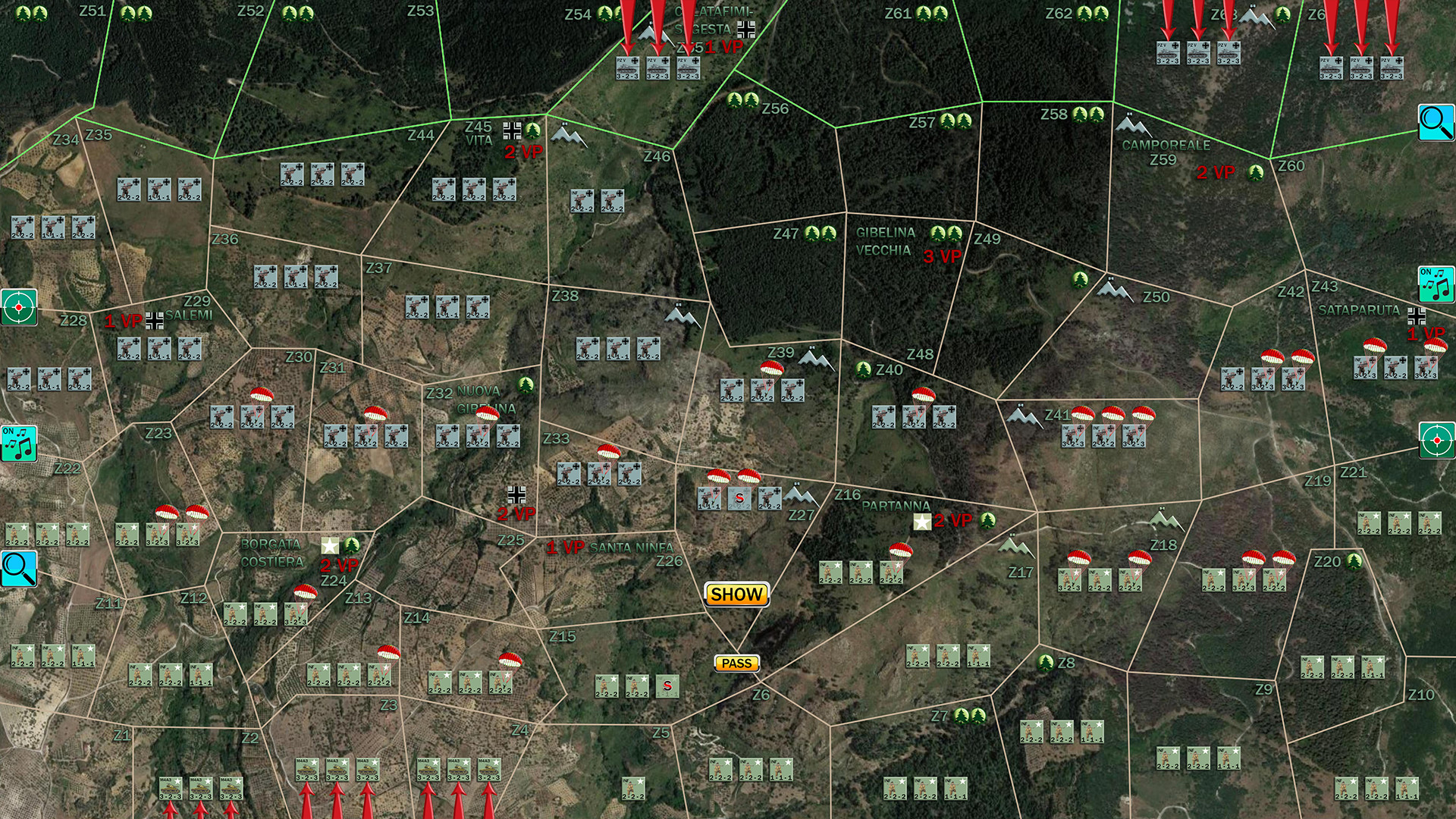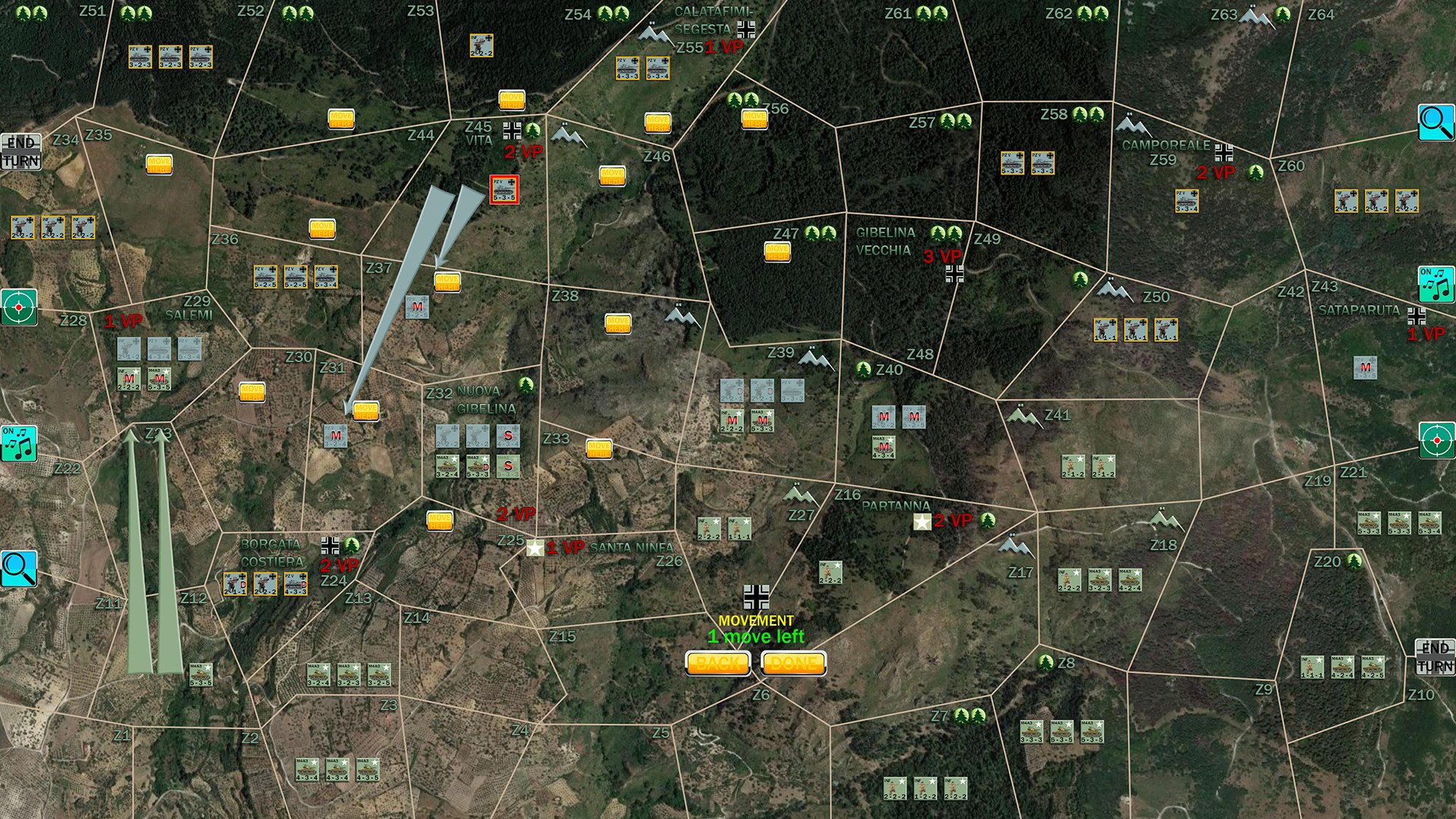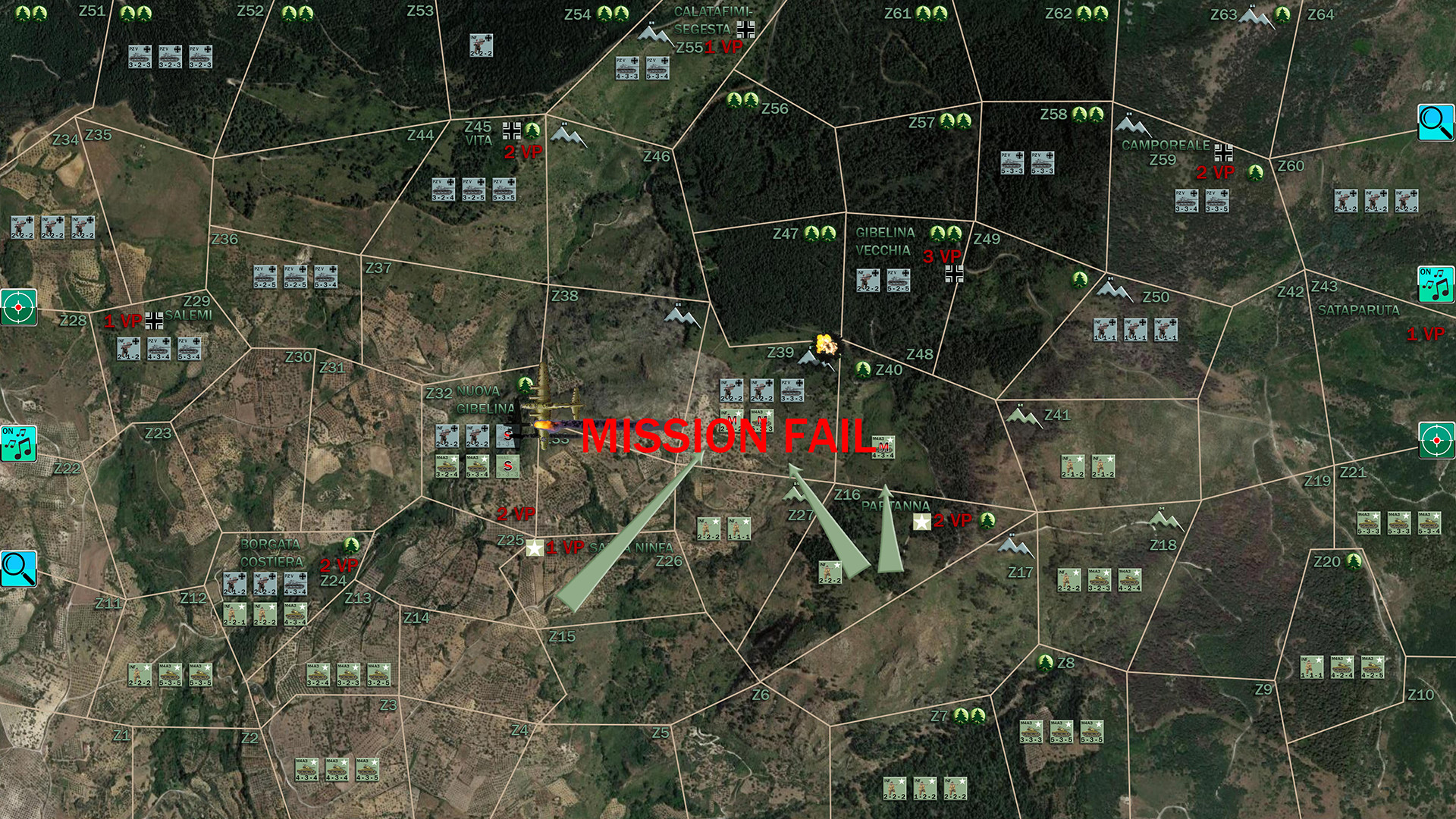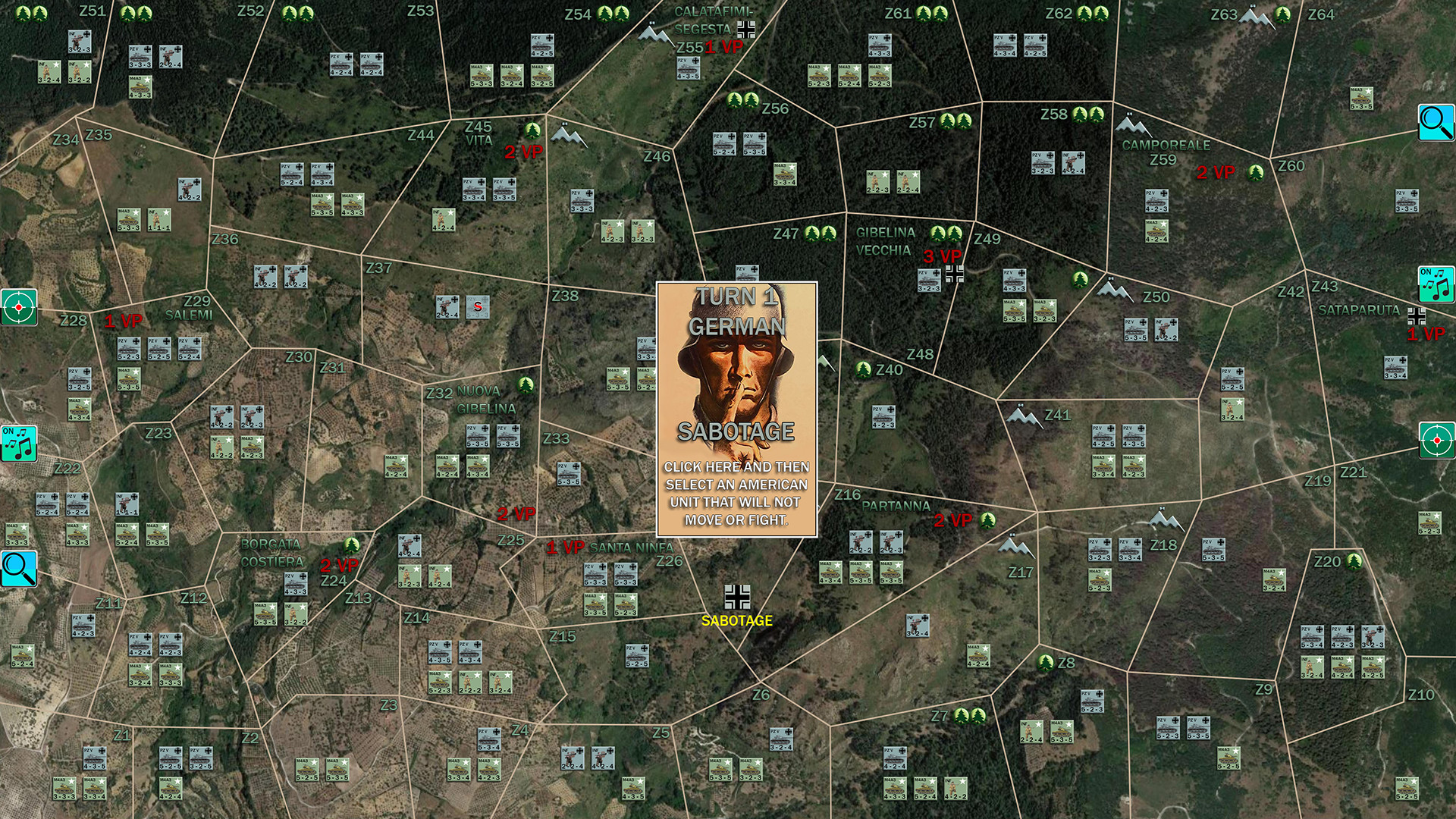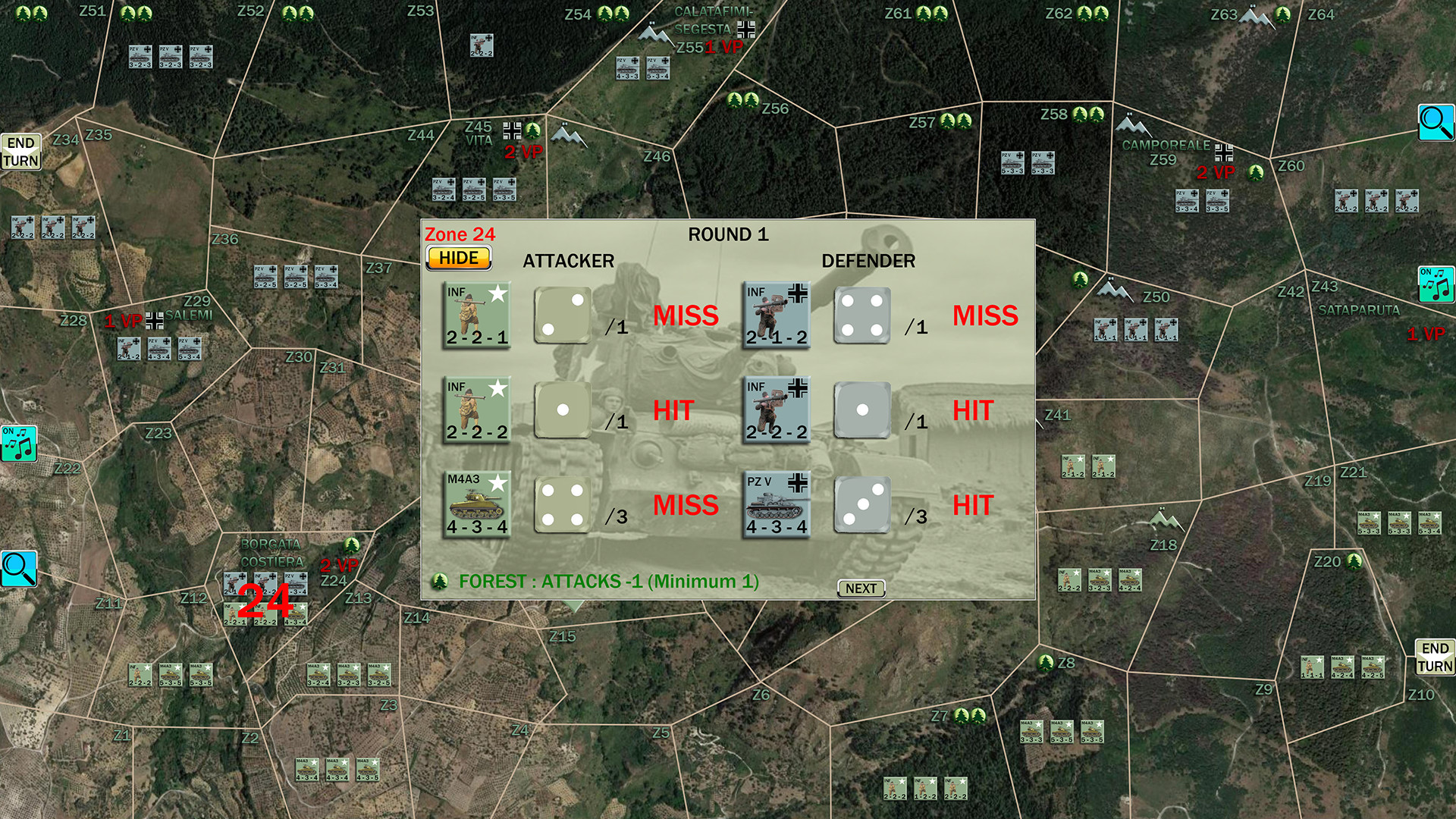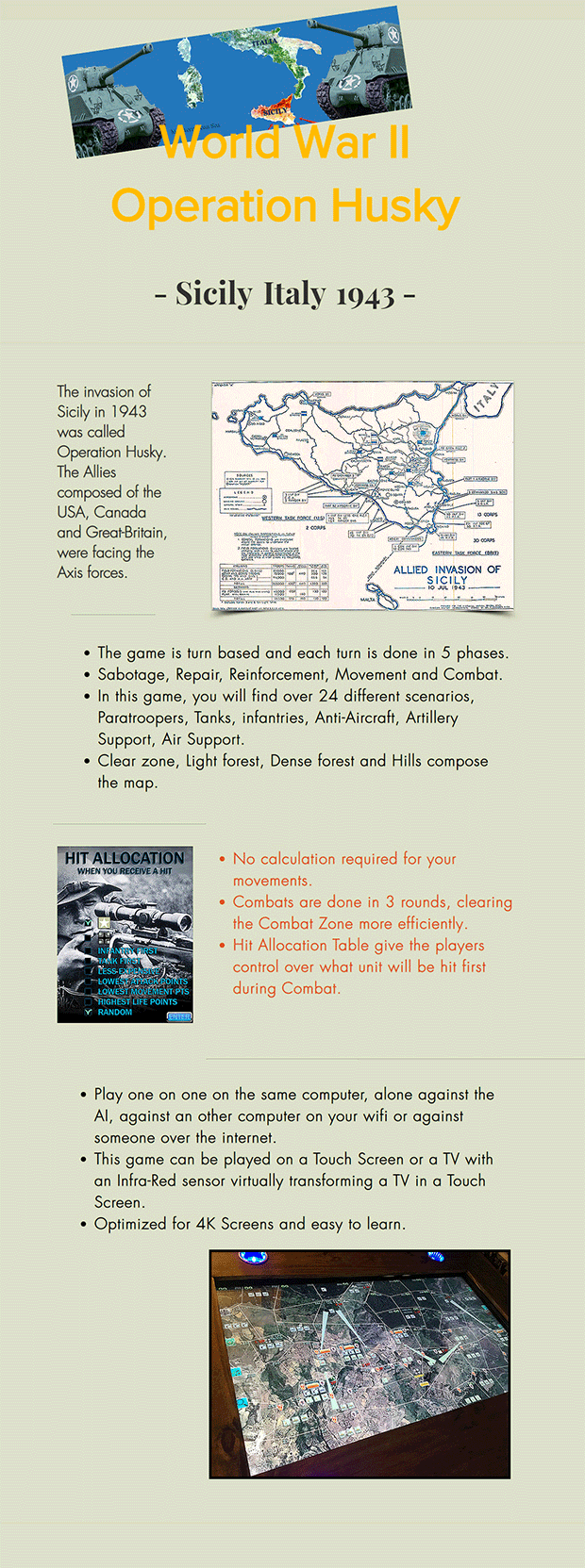EMBARGO SALE

EMBARGO SALE
70 % OFF
July 26 - August 9
On July 26, 1941, President Franklin Roosevelt seizes all Japanese assets in the United States in retaliation for the Japanese occupation of French Indo-China.
On July 24, Tokyo decided to strengthen its position in terms of its invasion of China by moving through Southeast Asia. Given that France had long occupied parts of the region, and Germany, a Japanese ally, now controlled most of France through Petains puppet government, France agreed to the occupation of its Indo-China colonies. Japan followed up by occupying Cam Ranh naval base, 800 miles from the Philippines, where Americans had troops, and the British base at Singapore.
President Roosevelt swung into action by freezing all Japanese assets in America. Britain and the Dutch East Indies followed suit. The result: Japan lost access to three-fourths of its overseas trade and 88 percent of its imported oil. Japans oil reserves were only sufficient to last three years, and only half that time if it went to war and consumed fuel at a more frenzied pace. Japans immediate response was to occupy Saigon, again with Vichy Frances acquiescence. If Japan could gain control of Southeast Asia, including Malaya, it could also control the regions rubber and tin productiona serious blow to the West, which imported such materials from the East. Japan was now faced with a dilemma: back off of its occupation of Southeast Asia and hope the oil embargo would be easedor seize the oil and further antagonize the West, even into war.
Minimum Setup
- OS: Ubuntu 14.4Memory: 2 GB RAM
- Memory: 2 GB RAM
⭐ SPOTLIGHT DEAL ⭐
Lawn Mowing Simulator
$6.00
-70% OFF
GameBillet

8.39$ (16%)

8.19$ (18%)

0.74$ (93%)

41.47$ (17%)

2.78$ (85%)

2.88$ (88%)

8.39$ (16%)

2.56$ (96%)

41.47$ (17%)

8.78$ (12%)

16.79$ (16%)

16.79$ (16%)

16.57$ (17%)

9.87$ (51%)

8.39$ (16%)

8.39$ (16%)

4.50$ (70%)

16.57$ (17%)

24.99$ (50%)

16.57$ (17%)

20.99$ (16%)

16.18$ (73%)

5.03$ (16%)

5.52$ (84%)

6.00$ (70%)

33.59$ (16%)

9.95$ (17%)

3.90$ (70%)

1.79$ (82%)

16.57$ (17%)

26.99$ (55%)

21.89$ (64%)

22.79$ (43%)

84.99$ (15%)

6.1$ (82%)

32.79$ (18%)

34.79$ (13%)

2.99$ (88%)

22.39$ (10%)

25.19$ (37%)

40.99$ (18%)

8.39$ (79%)

12.04$ (64%)

7.99$ (60%)

15.12$ (73%)

27.37$ (64%)

84.99$ (15%)

20.99$ (65%)

36.89$ (59%)

16.64$ (82%)

7.29$ (64%)

9.59$ (68%)

2.99$ (90%)

8.99$ (55%)

11.99$ (20%)

33.59$ (16%)

49.79$ (17%)

4.39$ (78%)

10.99$ (73%)

21.89$ (64%)

1.25$ (75%)

2.25$ (85%)

3.75$ (75%)

1.25$ (75%)

0.56$ (81%)

2.55$ (85%)

15.07$ (50%)

4.5$ (85%)

0.56$ (81%)

0.72$ (91%)

2.5$ (69%)

6.0$ (80%)

3.0$ (85%)

0.56$ (81%)

2.21$ (83%)

4.5$ (85%)

2.55$ (87%)

1.88$ (62%)

5.0$ (75%)

1.32$ (91%)

3.38$ (89%)

1.38$ (77%)

3.14$ (55%)

3.48$ (83%)

1.88$ (81%)

9.45$ (68%)

1.62$ (91%)

1.91$ (87%)

2.4$ (70%)

0.88$ (91%)

4.99$ (75%)

2.24$ (85%)

1.49$ (85%)

2.79$ (60%)

11.99$ (60%)

3.49$ (50%)

1.24$ (75%)

2.99$ (85%)

2.98$ (80%)

1.99$ (89%)

17.49$ (50%)

9.99$ (75%)

7.48$ (75%)

6.24$ (75%)

1.19$ (88%)

3.99$ (69%)

2.49$ (83%)

7.48$ (75%)

1.19$ (88%)

1.89$ (87%)

1.99$ (80%)

1.49$ (94%)

3.74$ (75%)

1.24$ (75%)

4.99$ (75%)

73.99$ (8%)

15.99$ (20%)

1.19$ (91%)

1.99$ (90%)

1.39$ (90%)
FANATICAL BUNDLES

Time left:
356105 days, 6 hours, 31 minutes

Time left:
356105 days, 6 hours, 31 minutes

Time left:
0 days, 14 hours, 31 minutes

Time left:
9 days, 14 hours, 31 minutes

Time left:
37 days, 14 hours, 31 minutes

Time left:
40 days, 14 hours, 31 minutes

Time left:
41 days, 14 hours, 31 minutes
HUMBLE BUNDLES

Time left:
2 days, 8 hours, 31 minutes

Time left:
3 days, 8 hours, 31 minutes

Time left:
10 days, 8 hours, 31 minutes

Time left:
16 days, 8 hours, 31 minutes

Time left:
17 days, 8 hours, 31 minutes
by buying games/dlcs from affiliate links you are supporting tuxDB
🔴 LIVE


soppyfromfinland
Hearts of Iron IV
Linux Striim / lets try to have a Break from tweeking., and play game...


mreliptik
Software and Game Development
Ahhhhh release soon - Hyperslice gamedev | !lexispell !hyperslice !cou...


lastmiles
Just Chatting
Das very olde SPARCen Hause


jotson
Software and Game Development
Making horror job sim The Mailroom | Gamedev + Godot + Linux


cringer
Terra Invicta
Take two will be better, 1.0 Terra Invicta | !cringer !linux !ads


outermostghost
ROUTINE
[Road to 1200] My arms are borked but my horror is still a comfort - R...


groundjet2
Battlefield 4
Casual gameplay, I won't care if i get frags


xgentlemanofleisurex
Just Chatting
Chill Vibe Stream w/ Muncie Events & News, Delaware Co EMS Scanner...


Urmarel
Gaming on Linux | Play 4 FUN all luck no skill


dinocrys
Software and Game Development
PvP typing game. Remembering how to work! | !jam


starlightlacuna
Software and Game Development
A bit sleepy, but the dev must go on! Stream dev, then virtual pet ga...


uselessprincess
We Were Here Forever
The princess returned from the slumber with collab @mizuakane !collab


groundjet
BF4 and getting fragged by noobs, on Linux


45sqi
[linux] ru | " 2.0" 2: Risen -


darkphan
StarRupture
It's out in Early Access now / Let's Make More Stuffs and Ge...


mizuakane
Special Events
Birthday Subathon day 3 | We was here, innit. W/ @UselessPrincess


povly
Gothic 2 | | UBUNTU 24.04 LINUX


